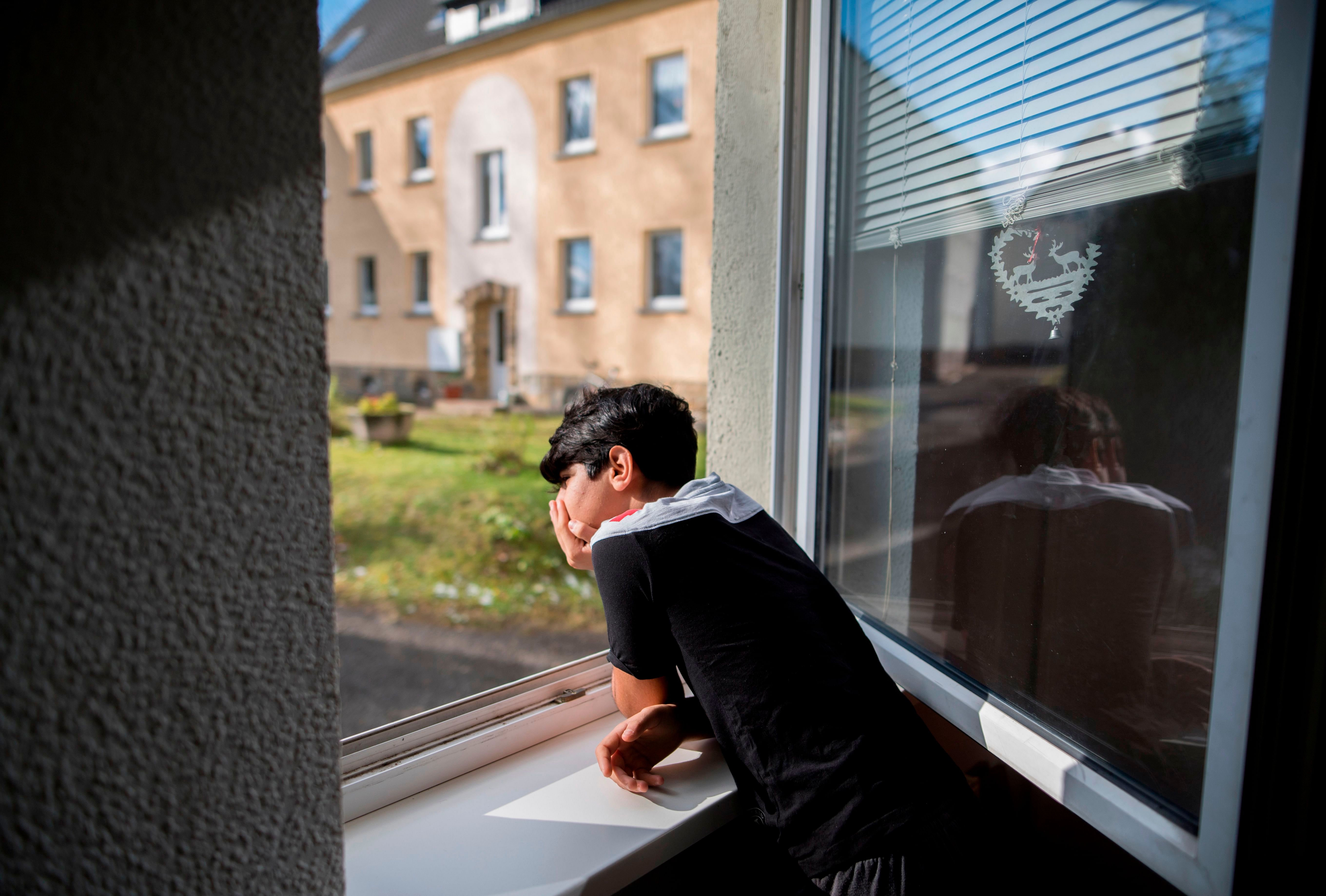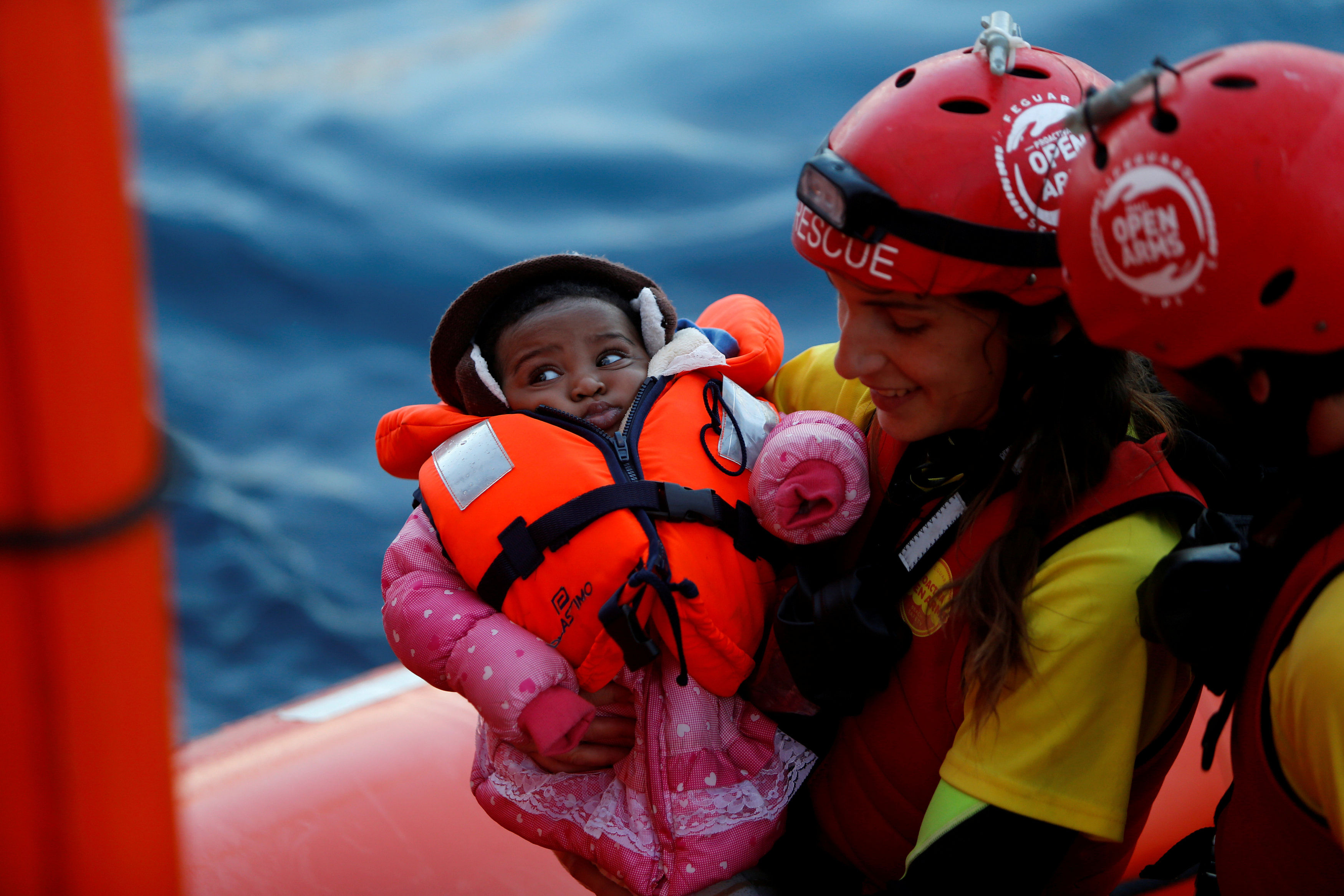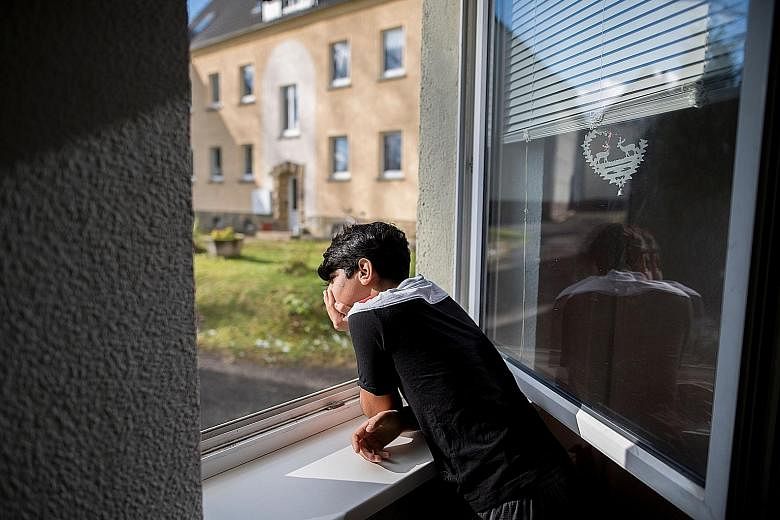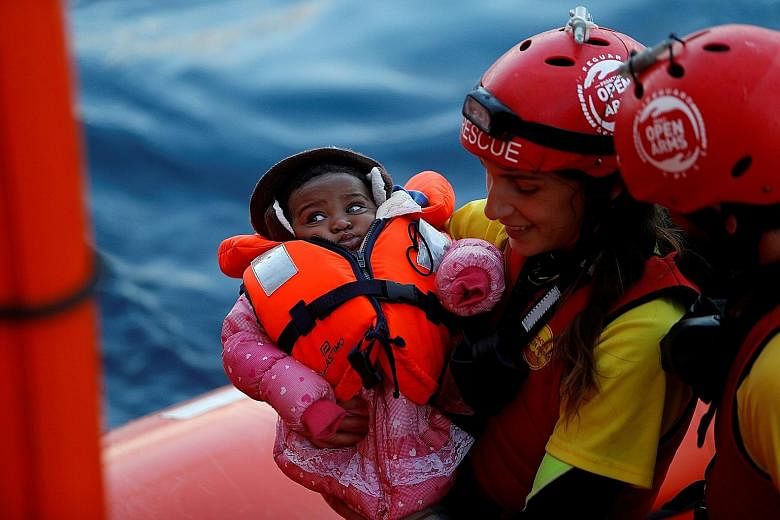German Chancellor Angela Merkel's decision to throw open her country's borders to refugees and asylum seekers during two summer months in 2015 has acutely divided the continent ever since.
Intellectuals and politicians on the centre-left of the spectrum initially hailed Dr Merkel's move as a great humanitarian gesture, one which put to shame other less magnanimous European governments.
But far-right politicians throughout the continent warned that the sudden arrival of more than one million undocumented refugees will spark major crime waves and present huge obstacles to social and racial harmony.
Two years later, the first statistics about how that unprecedented influx has affected the continent have just been compiled.
They tend to support the fears of those who opposed the admission of asylum seekers, for it appears that mass migration was indeed responsible for an appreciable change in the profile of criminal activity in Europe.
And it is by now abundantly clear that integrating new immigrants into European societies will take far longer than even the pessimists originally believed.

Stories of crimes perpetrated by recent migrants to Germany have frequently attracted public attention in that country.
There was the Syrian refugee who killed his girlfriend with a long kebab knife, the episode of an asylum seeker who raped a camper in front of her friend and, more recently, the harrowing story of a 15-year-old Afghan who killed his former girlfriend in front of customers in a pharmacy.

Until now, such episodes were dismissed by Germany's mainstream commentators as tragic misdeeds of no statistical significance, peddled only by racists. No longer, however, for statistical evidence points to a pattern connected to increased immigration, at least as far as youngsters are concerned.
A study conducted by the Zurich University of Applied Sciences in neighbouring Switzerland but using data provided by Germany found that although youth violence in Germany has declined for more than a decade - mirroring a trend in other European countries - it has increased by 12.3 per cent between 2015 and 2016, with the criminal perpetrators being, according to the study's authors, primarily "non-German suspects".
The responsibility of young migrants for the increase in violence is even more pronounced at the level of Germany's component federal states. In Lower Saxony, for instance, youth crime rates jumped by 10 per cent, with over 90 per cent of that attributed to migrants.
Overall, an average of 500 out of 100,000 Germans aged between 14 and 18 end up being convicted of criminal offences, but among the latest batch of "non-Germans", the figure is estimated by the researchers to stand at 2,500 per 100,000, roughly five times Germany's average.
Denmark, which has also received large numbers of migrants, has published its latest government-compiled figures which indicate a similar trend.
"Non-Western immigrants", as the study refers to migrants primarily from the Middle East and North Africa, are twice as likely to commit crime than Denmark's overall young male population, while migrants to Denmark from places such as China or India are far less likely to do so.
"Non-Western immigrants commit more crime than Danes, and descendants of non-Western immigrants commit more than non-Western immigrants," says Ms Lisbeth Lavrsen, chief consultant at Statistics Denmark.
Not all the news is bleak, however. Denmark is reporting a fall in youth delinquency across the board and even among young immigrants, an indication that migrants and their children may tend to adopt their new country's law-abiding behaviour over time.
More significantly, the analysts of the German figures point to an interesting correlation between the legal status of new immigrants and their criminal behaviour.
In Lower Saxony, for instance, migrants who have had their application for residence refused and who face deportation amount to less than 1 per cent of all new migrants, but are behind 17 per cent of the criminal violence and no less than a third of all robberies committed by non-Germans.
That points to the possibility that lack of prospects in the country of arrival is a key driver in criminality, and boosts the argument made by many German politicians that the speedy resolution of immigration applications and the swift removal of those who have no legal right to stay could have a substantial effect on crime rates.
Still, there is no question that the latest criminal statistics will harden the position of governments in Eastern Europe, who refuse to accept a decision taken by the European Union to disperse some of the refugees absorbed by Germany in 2015 throughout the continent, in proportional numbers to each country's population size.
And far from being isolated, the East Europeans have recently been joined by Austria, whose newly appointed Foreign Minister Karin Kneissl once accused Dr Merkel of acting "in a grossly negligent way" by admitting large numbers of asylum seekers.
Dr Kneissl has now reiterated Austria's support for a restrictive stance towards immigration.
Meanwhile, German politicians are being humbled by further evidence that the task of integrating immigrants remains much bigger than anyone originally thought.
In the central and wealthy German state of Hesse, only 45,000 of the total 120,000 refugees registered since 2015 are deemed fit to work, and only a quarter of these are in any employment, largely because they cannot speak German and have no qualifications.
"Integrating refugees will take up to 15 years," predicts Mr Frank Martin, head of Hesse's employment department.
It might be far too long for most German politicians and, judging by the latest opinion polls, for most of the German public as well.



